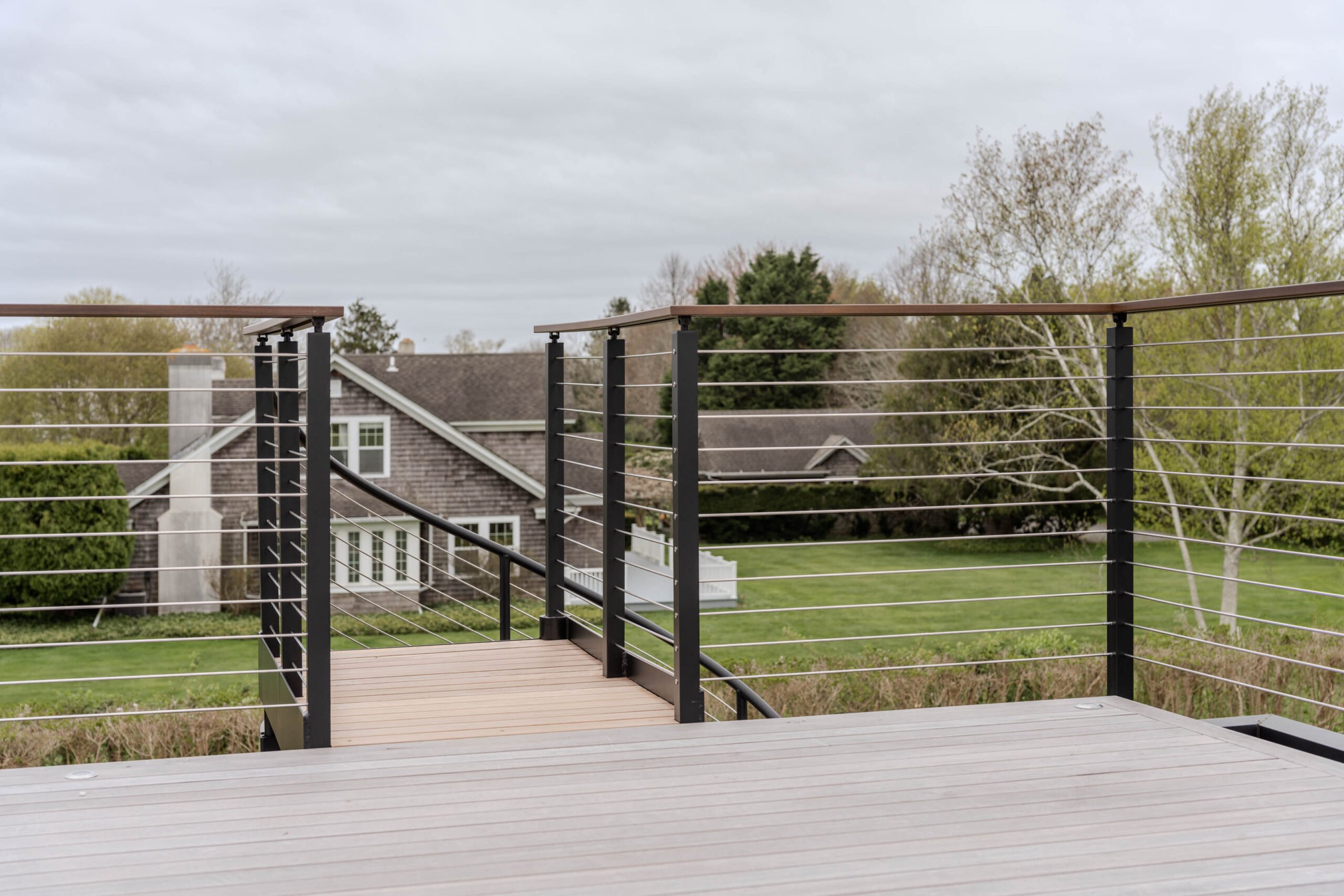
How To Buy Signature Cable Railing
Find Your Style, Customize Your Rail, and Order with Confidence
Start with Design
Signature’s strength is choice. Start the process by mixing and matching until the railing feels just right.
Infill
For the material that connects your posts together, choose cable or rod.
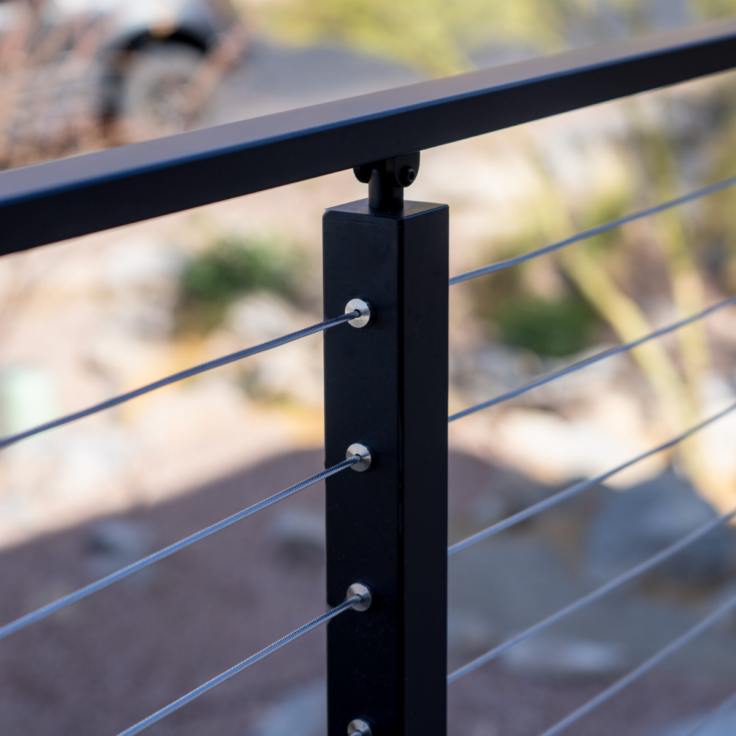
Stainless Cable
Premium cable infill
Straight runs
Not coastal-rated
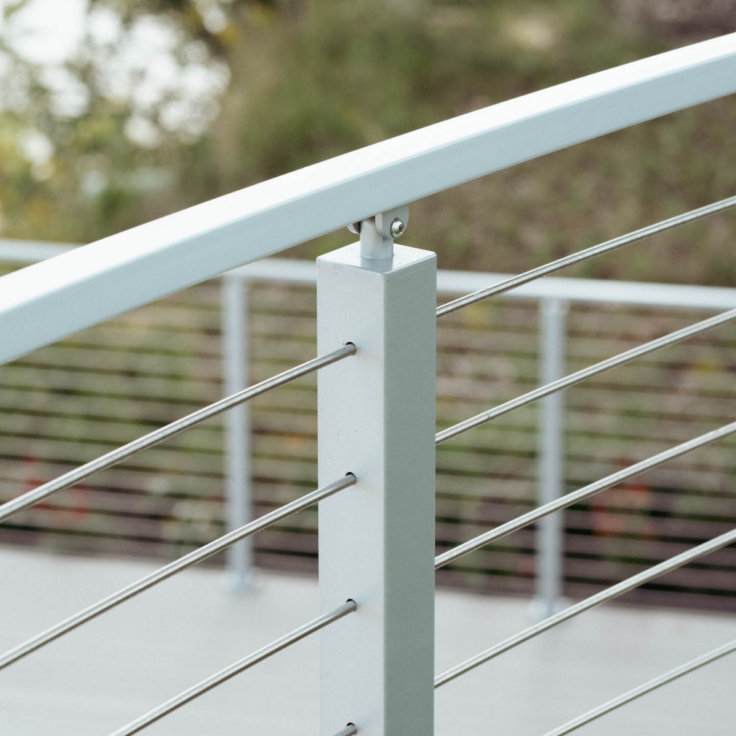
Stainless Rod
1/4″ stainless steel rod
Straight or curved runs
Coastal-rated
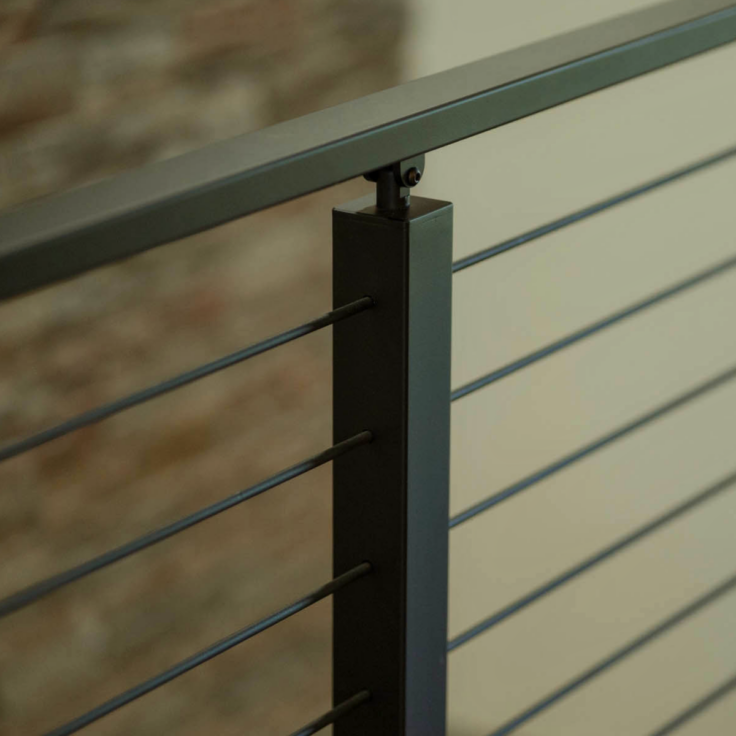
Onyx Rod
1/4″ matte black rod
Straight or curved runs
Not coastal-rated
Mounting Styles
Choose the right style and fit for your deck, balcony or stairs. See all styles.

Standard Mount
Installed on top of level surfaces Also available with angled foot
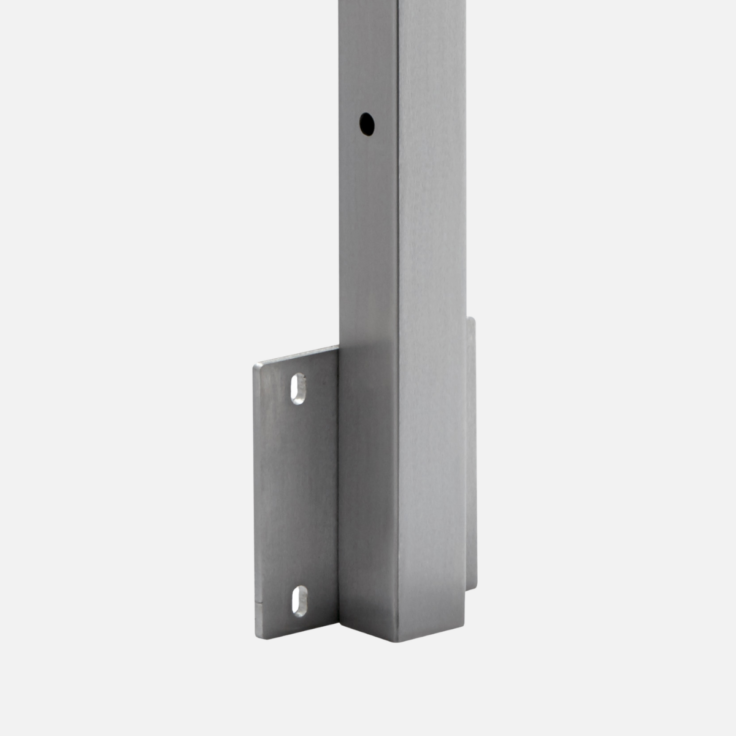
Side Mount
Installed to the fascia
without affecting waterproofing
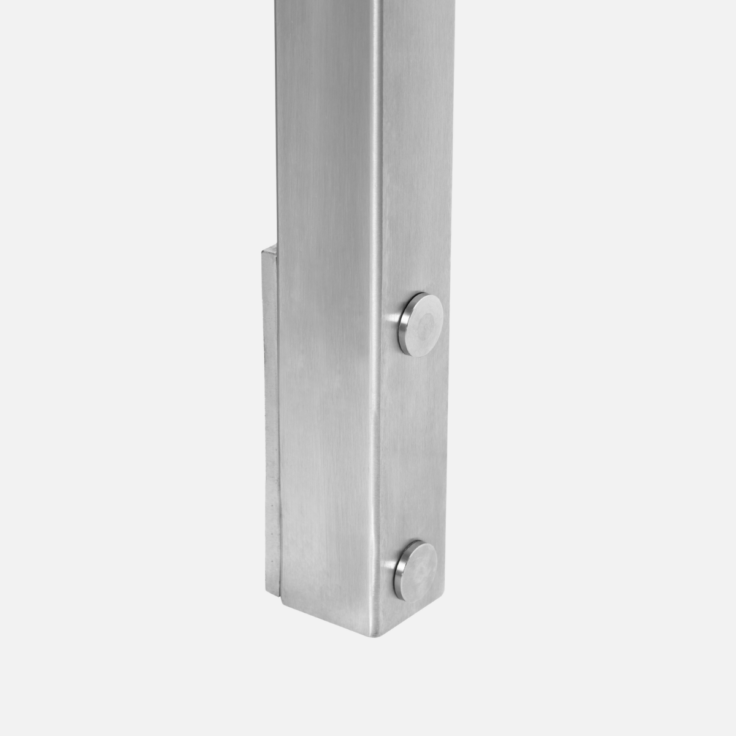
Slim Side Mount
Installed to the fascia
with a minimal bracket
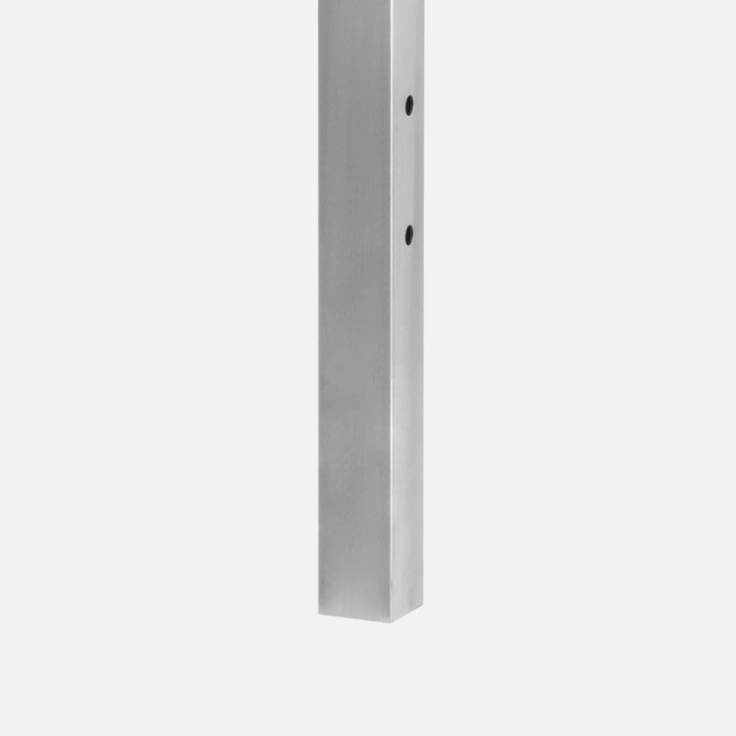
Core Drill Mount
Installed into a pre-drilled hole in concrete surfaces
Powder Coat Colors
Choose from our standard colors or create your own. Go to Powder Coat Visualizer
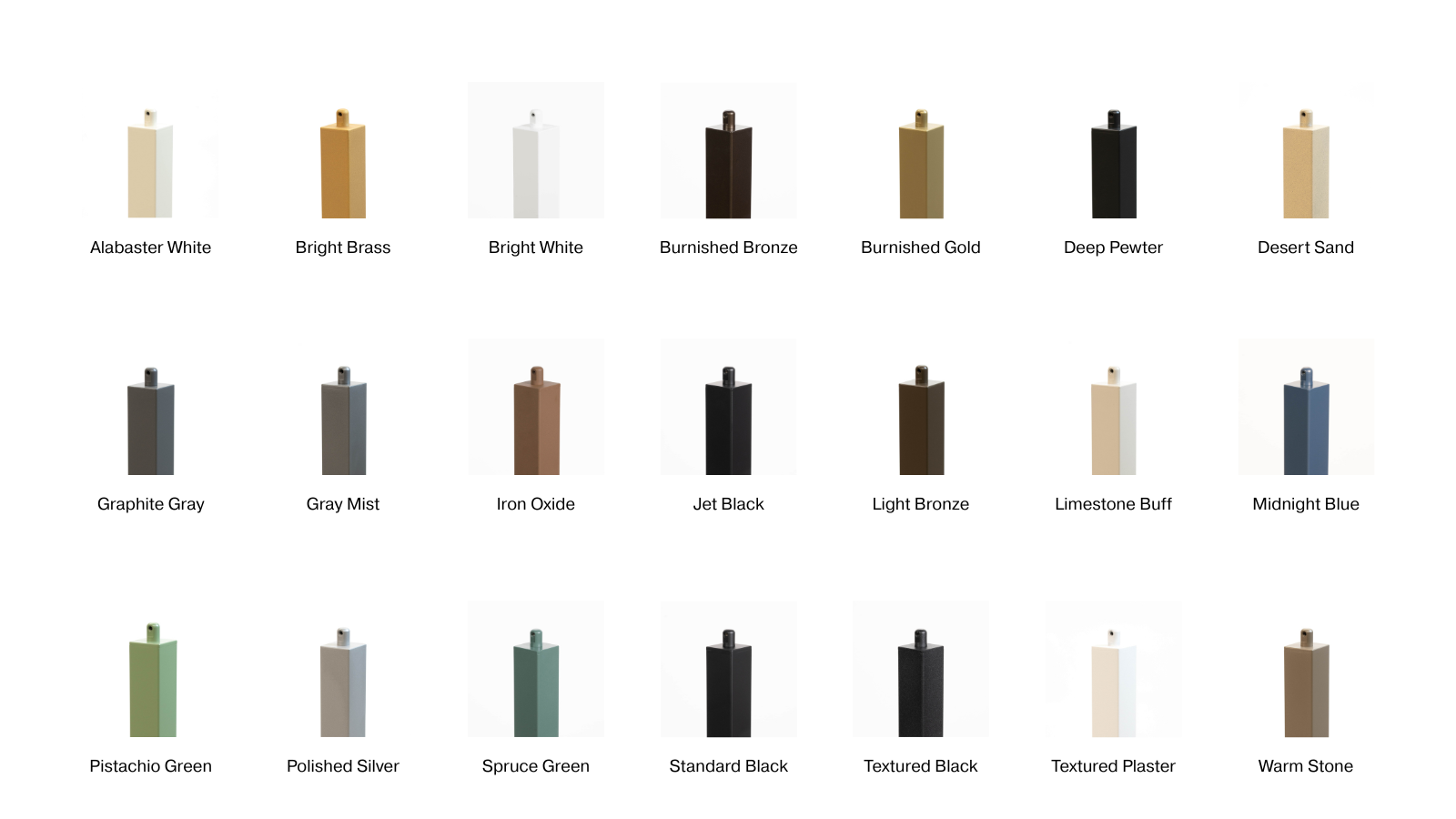
Handrail
Choose coastal-rated metal in two installation styles or exterior or interior wood. Explore all
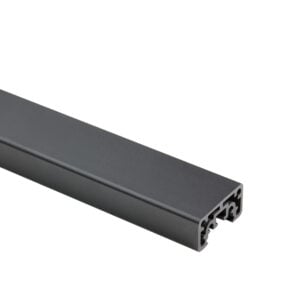
Standard Quick Slide
Interior/Exterior
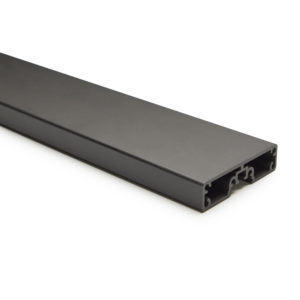
Beverage Quick Slide
Interior/Exterior
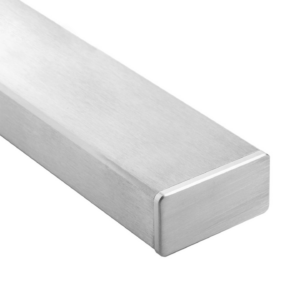
1″ x 2″ Steel
Interior/Exterior
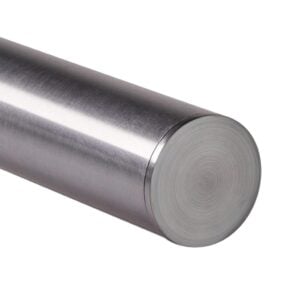
2″ Round Steel
Interior/Exterior
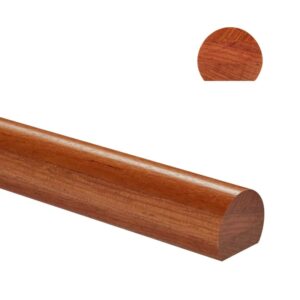
5600 Series
Interior
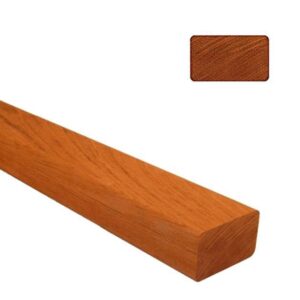
6000 Series
Interior
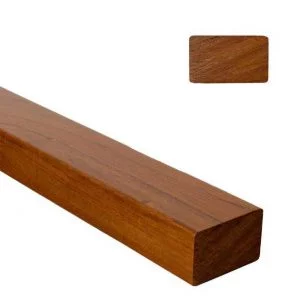
6002 Series
Interior
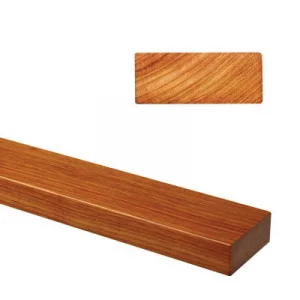
6005 Series
Interior
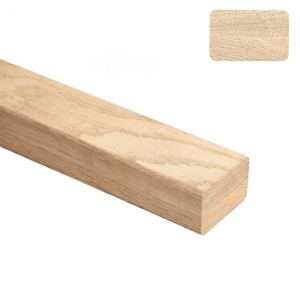
6200 Series
Interior
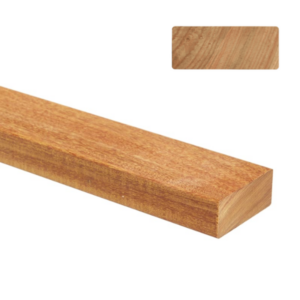
6001 Ipe Series
Exterior
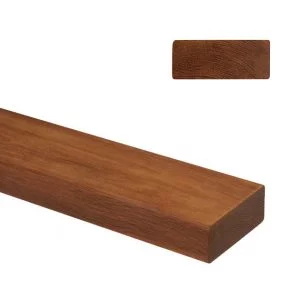
6007 Series
Exterior
Accessories
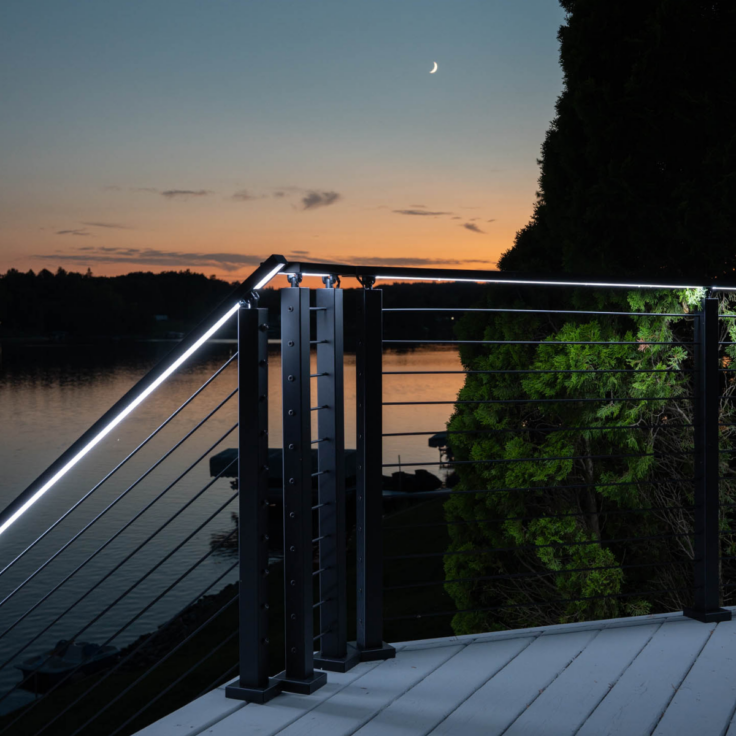
LED Lighting
LED strips integrated directly into the handrail.
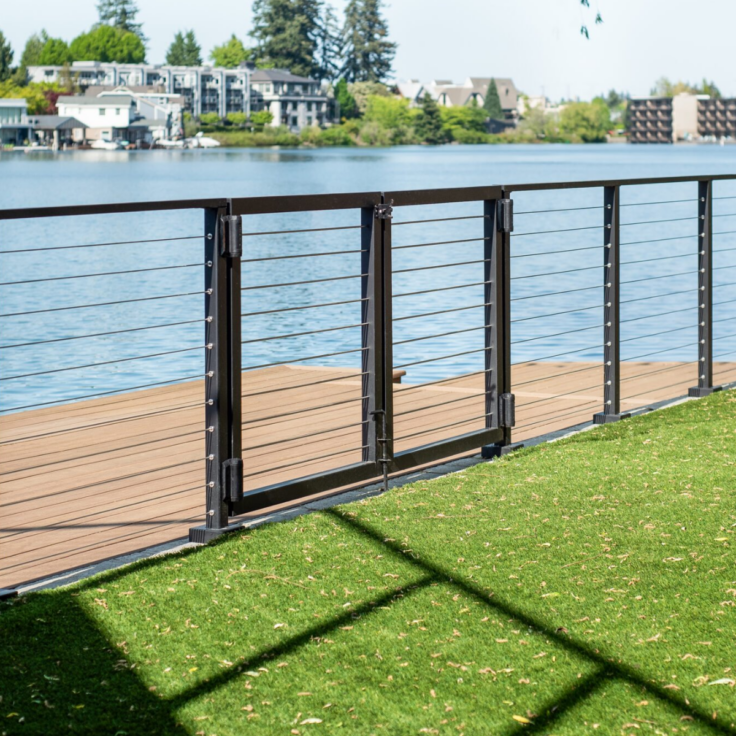
Gates
Single or double door, self-closing, keyed or magnetic latches.
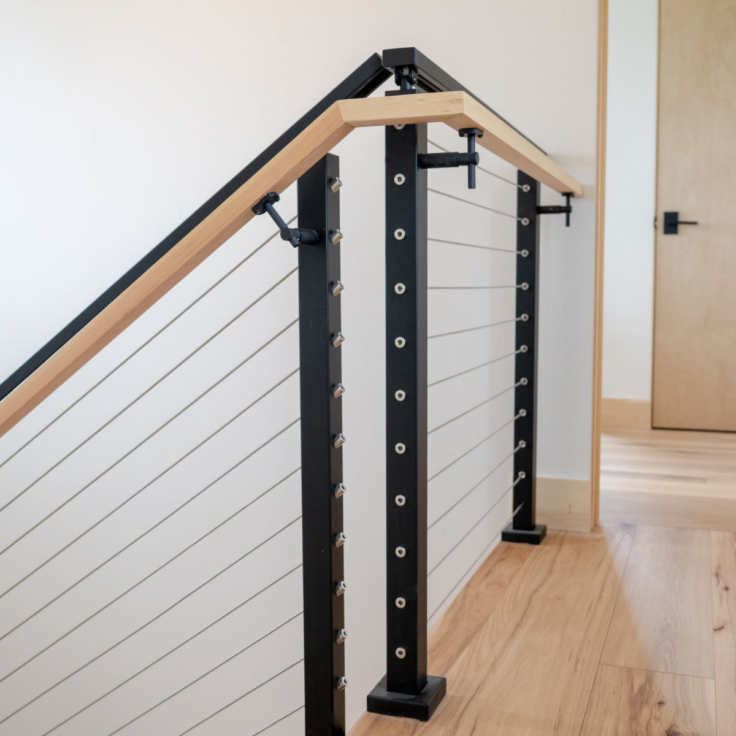
Secondary Handrail
A second, graspable rail for commercial or residential use.
Next, Request Your Quote
We've broken the process down to three easy steps.
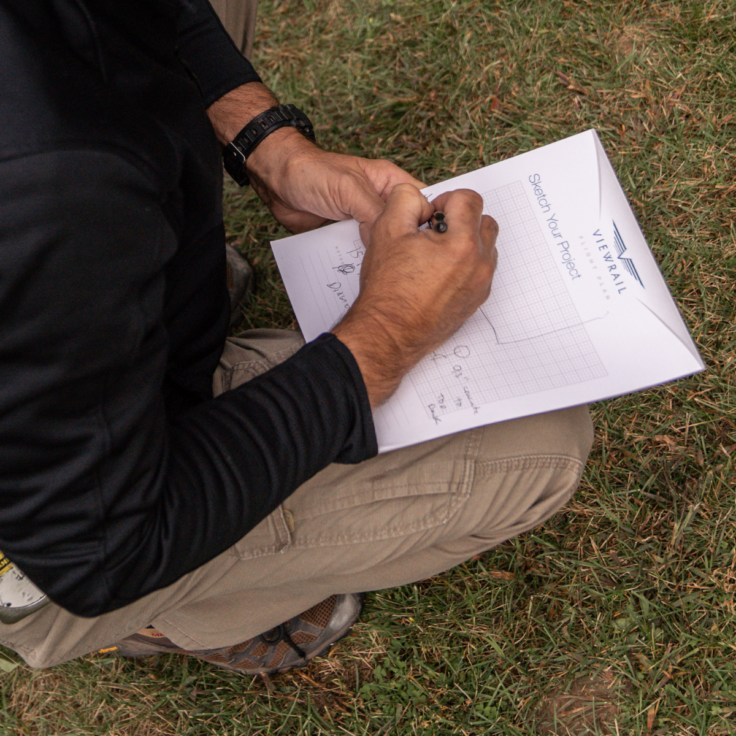
1. Assess Your Site
Spend a few minutes collecting the details:
- Length of each level run
- Length, number of steps, and angle of each stair runs
- Mounting surface, such as wood, concrete, steel, or fascia
- Grade and terrain, such as changes in elevation, slopes, or curb details
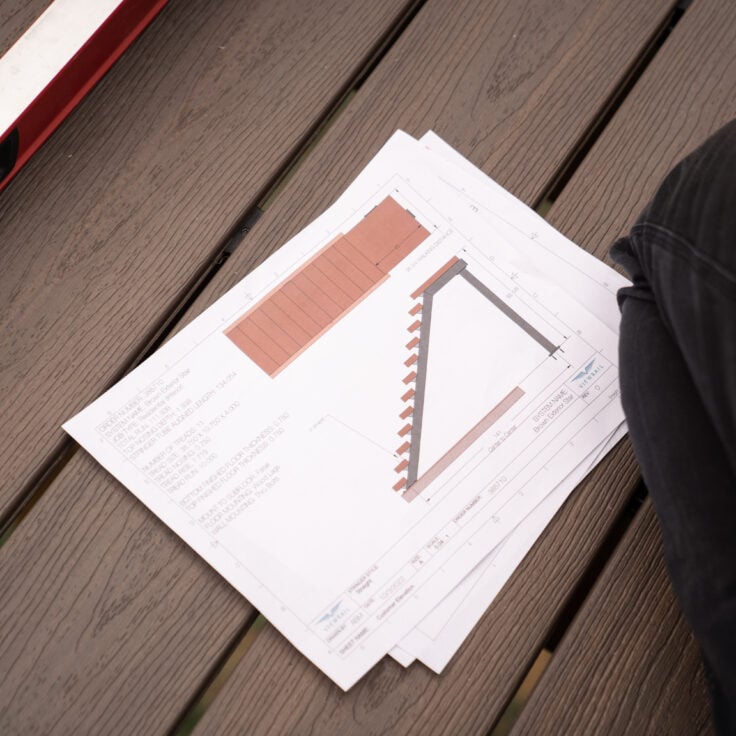
2. Gather Documentation
This could include any or all of the following:
- Hand sketches
- Photos
- CAD files
- PDFs
- Blueprints
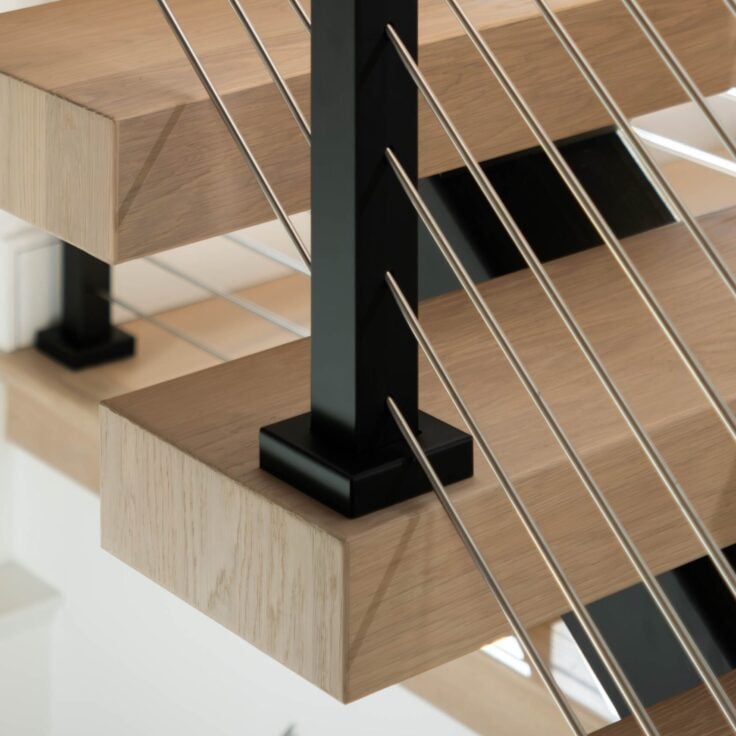
3. Fill Out the Form
With measurements and documents in hand (or even just an idea), it's time to submit your quote request.
Fill it out with as much info as you have and we'll get back to you in one business day to walk through next steps.
Choose Viewrail Certified Installers
Decided on your railing style? Let our nation-wide network of Viewrail Certified Installers handle the rest.
From coming to the job site and taking precise measurements to bringing all materials and installation your railing professionally, they’ll handle everything.
If you opt to DIY, you’ll still enjoy nationwide shipping, receive easy-to-follow installation instructions, and responsive customer service.
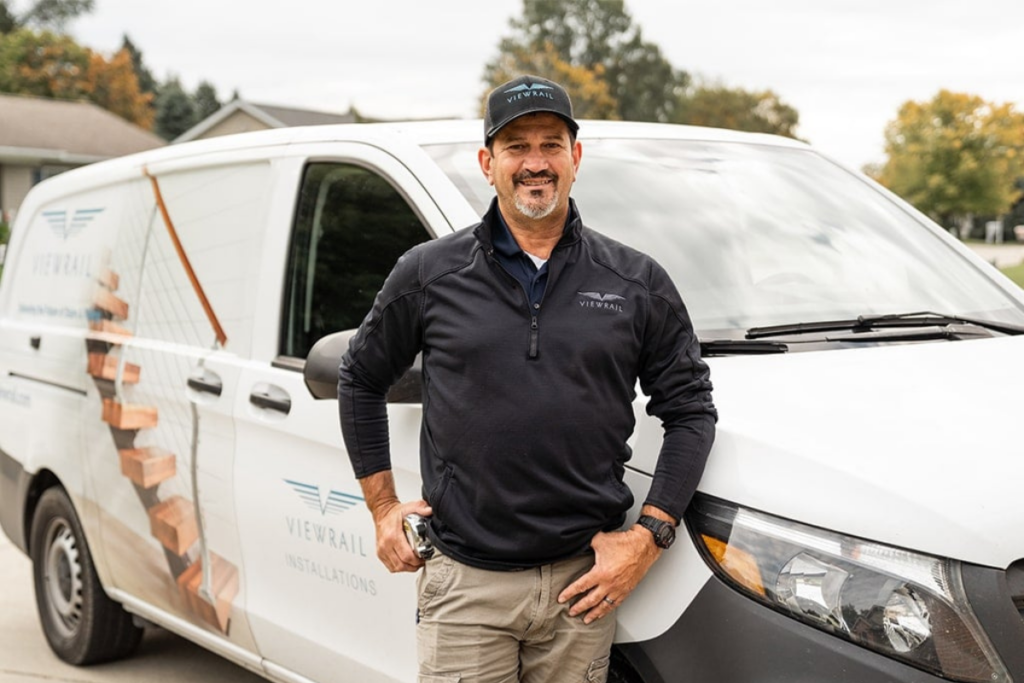
Finally, Approve Your System
Work with your Viewrail team to finalize your design and approve the plan.
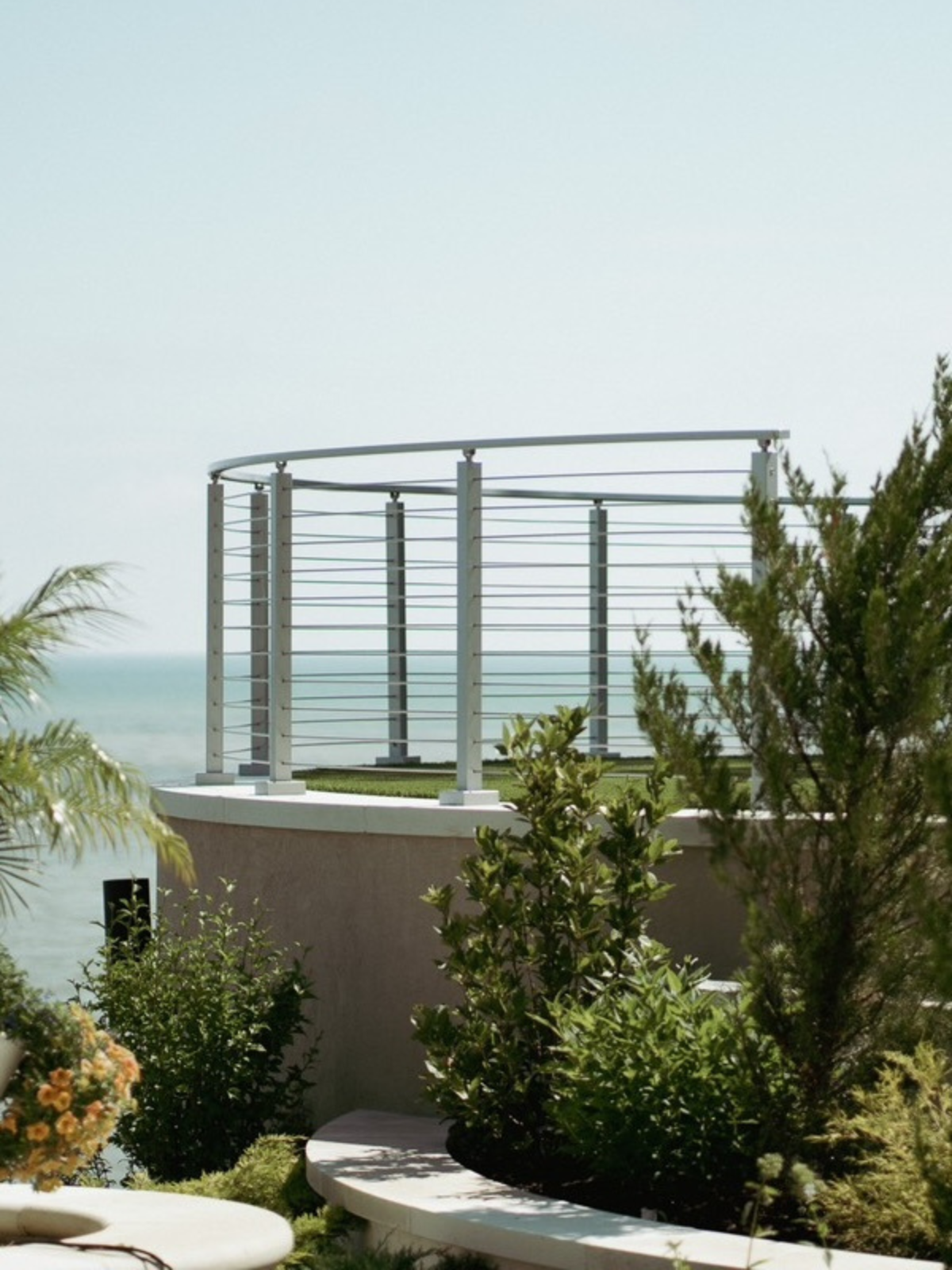
Work Through and Approve Final Design
Once you’ve sent off your quote form and heard back from us, you’ll work on nailing down all of your design decisions. You’ll receive:
- Design Consultation – a Viewrail specialist reviews measurements, proposes post layout, and confirms finishes.
- Engineering – post spacing, mount type, and finish tweaks to keep both aesthetics and budget in line.
- Project Files and Proposal – every component labeled; PDFs and 3-D viewer links for easy review.hardware, factory tensioning, freight, and a lead-time estimate.
You’ll receive a digital sign-off sheet for your approval. Be sure to verify the design, components, dimensions, and finishes before signing off. Any changes after this stage could extend the lead time or add remake costs.
Once you sign off on your drawings, your spot is saved for the fabrication of your custom stair system. Before you know it, your entire system will be delivered to your door. Or, if you’re using a Certified Installer, they’ll bring your system with them to the project site for installation.
Ready for Your Quote?
Work with us to turn your vision into reality.
Frequently Asked Questions
A complete cable railing system, including posts, handrails, cable, and hardware, typically ranges between $89-$260 per linear foot. Why such a large range? The price of cable railing will vary greatly depending on the type of material, height, number of turns, and complexity.
While both cable railing and rod railing are considered to be more economic than other modern railing systems (like glass railing), it should not be considered as a cheap system. It is a high performing, beautiful investment that will outperform traditional railing systems in nearly every metric.
See our Cable Railing Pricing page for more information.
Each cable railing system has its own version of cable fittings and kits. However, they are usually are made up of three parts:
- Tensioner — This kit, or part, is locked onto the cable and tightened in some way to create tension. These can be found on one end or both ends of a cable run.
- Holder — This is a kit that is locked onto the cable, but does not create tension. Its job is to hold the cable in place against the support post while the cable tensioner creates the tension.
- Hardware to clean up the look — These are typically washers designed to cover up where the cable enters or exits the post. While they are used to create a finished look, they also aid in protecting the post from contact with the cable.
The three areas most commonly used settings for cable railing are for deck railing, balconies, and stair railing.
One of the great things about cable railing is that it can work anywhere. As long as you follow the code requirements in your local area, cable railing is great in any setting. Viewrail uses different post mounting options and different post configurations to work for simple or difficult projects.
Yes, rods do finish with better test results than cable. Cable is still extremely strong, but the solid design of the rods and the hardware used provides incredible strength.
The answer to this is yes, but with the right conditions. Cable railing is flexible, and so it won’t bend in a smooth semi-circle appearance. It will angle from last solid surface to the next solid surface, creating the illusion of curving while maintaining a linear profile. Because of this, a curved cable railing system usually requires more posts to help make the turn gradual and not just sharp turns.
However, if you’re looking for an option without so many posts, our Onyx or Stainless rod infill can be bent to shape, so you can have a curved railing with fewer things to block the view.
All of our systems are designed to meet the International Building Code which states that post spacing should not exceed 48” from post face to post face. Keeping this in mind, just space the posts equally while abiding by this code.
This depends on your deck overhang and blocking location. When mounting your post, it's important to have the mounting holes above sufficient blocking. For surface mounted posts, this means 3.75" or more. If you are running a screw into that blocking, make sure to have the screw off the edge of the blocking material so it doesn't split out.
We don't recommend mounting posts to pavers or bricks since these are typically not structural or attached well enough to existing structure to pass code.. Call one of our representatives to see what your options are for this application.
